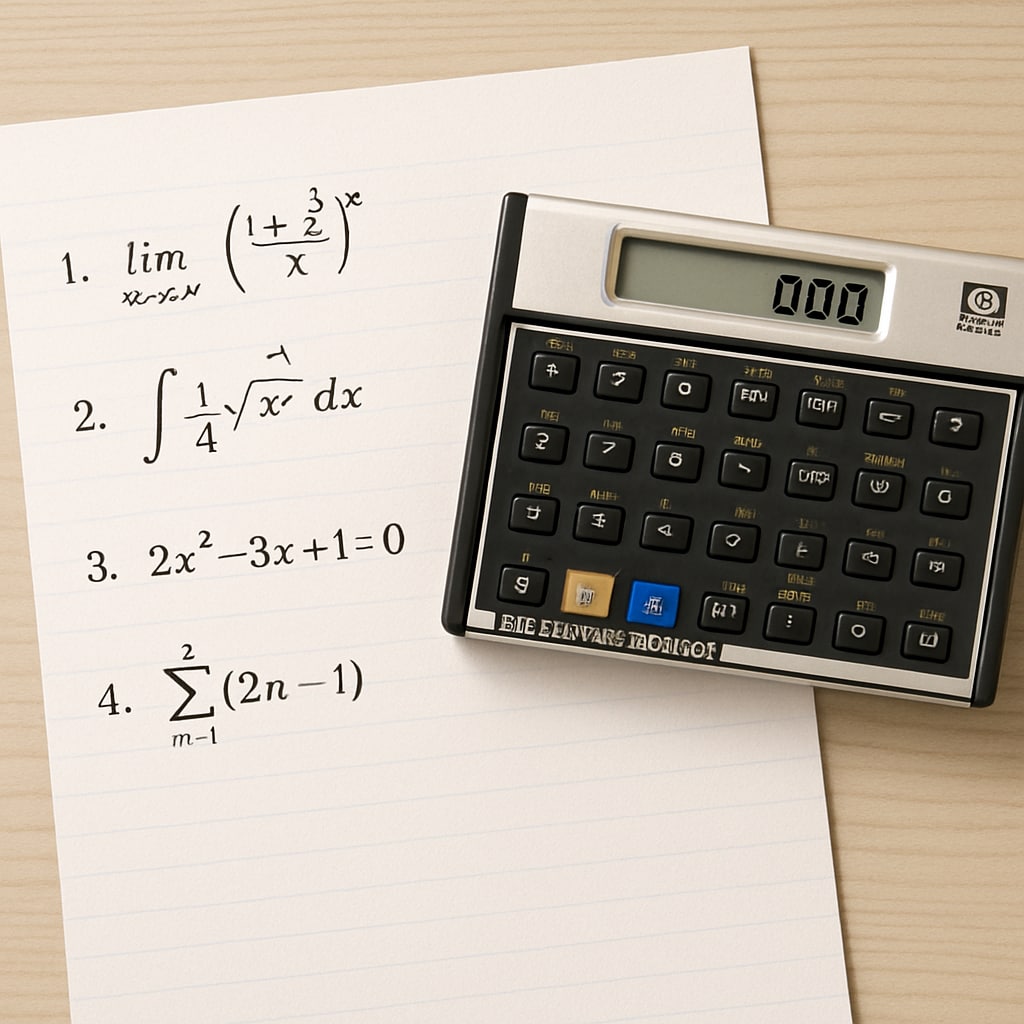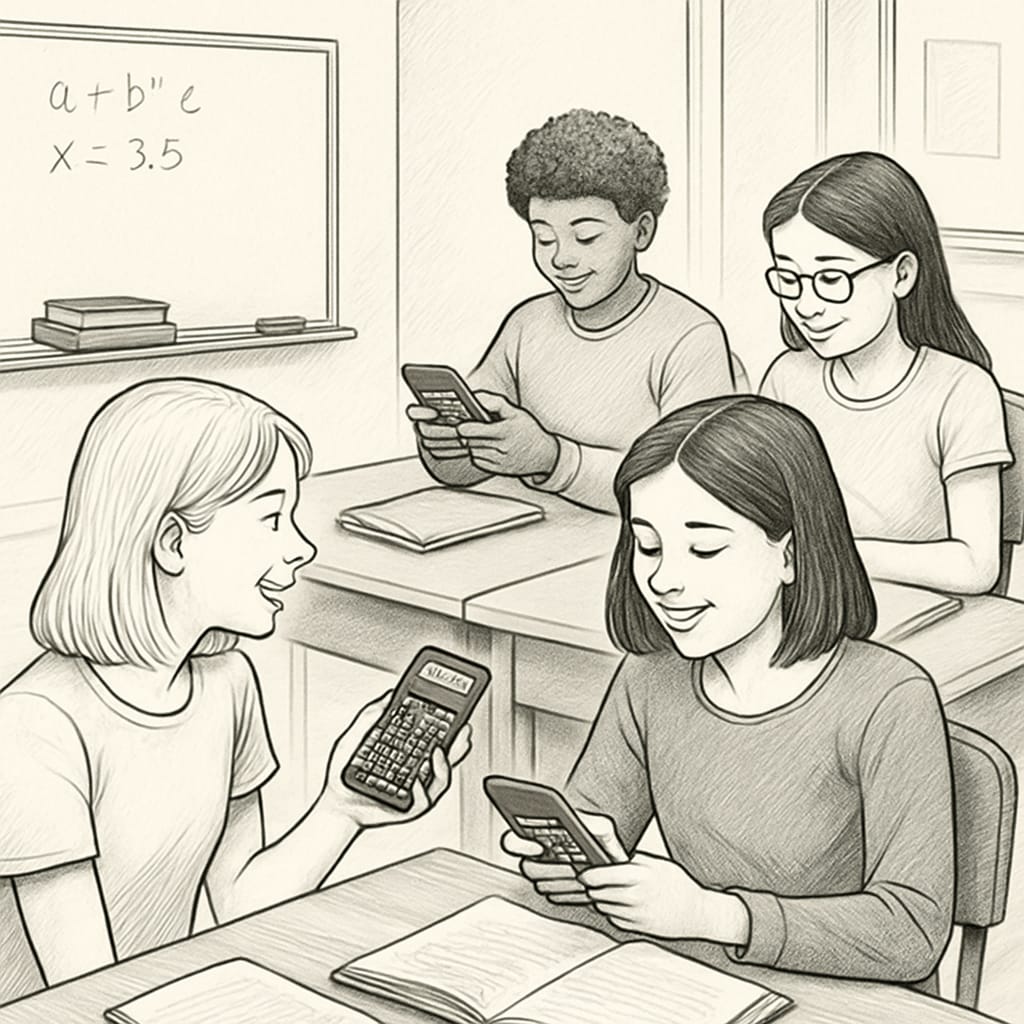Reverse Polish Notation (RPN) calculators, such as the iconic HP 11c, are often considered niche tools in mathematics and engineering. However, their potential for fostering deeper mathematical thinking in K-12 education deserves closer examination. Designed around a stack-based operational logic, RPN calculators eliminate the need for parentheses in calculations, prompting users to think sequentially and logically. This unique approach can profoundly impact how students develop problem-solving skills and mathematical reasoning.

Why RPN Calculators Are Unique
Unlike traditional calculators that rely on algebraic notation, RPN calculators operate using postfix notation. This means operations are performed in the order they are entered, requiring users to think through each step rather than relying on built-in precedence rules. For example, to calculate (7 + 3) * 5, an RPN user would input:
- 7
- 3
- +
- 5
- *
This method removes ambiguity and helps users internalize the process of breaking down complex operations. As a result, RPN calculators encourage logical sequencing and reduce errors caused by misinterpreted parentheses or operator precedence.
Educational Benefits of RPN Calculators
Integrating RPN calculators into K-12 education could offer several advantages:
- Enhanced Logical Thinking: Students learn to approach problems step-by-step, improving their ability to deconstruct mathematical expressions.
- Reduced Cognitive Load: Without the need for parentheses, students can focus on the math itself rather than formatting issues.
- Error Reduction: The stack-based operation minimizes common calculation mistakes, helping students build confidence in their math skills.
These benefits align well with modern educational goals, which emphasize critical thinking and problem-solving over rote memorization.

Challenges and Practical Integration
While RPN calculators like the HP 11c offer clear benefits, their adoption in K-12 education faces challenges:
- Learning Curve: RPN requires initial training, as most students are accustomed to algebraic notation.
- Availability: Modern RPN calculators are less common than standard models, making widespread adoption difficult.
- Teacher Training: Educators must be familiar with RPN logic to integrate it effectively into curricula.
To address these challenges, schools and districts could introduce RPN calculators in elective courses or math clubs, where students can explore advanced mathematical tools. Additionally, workshops and professional development programs for teachers could help facilitate broader adoption.
Looking Forward: A Tool for the Future
RPN calculators, particularly models like the HP 11c, are more than just niche devices; they represent an opportunity to rethink math education. By emphasizing process and logic, they align with modern priorities in STEM education. As a result, integrating RPN calculators into classrooms could empower students to develop the mathematical thinking skills needed for future careers in science, technology, engineering, and mathematics.
Ultimately, the adoption of RPN calculators depends on education systems recognizing their unique value and investing in resources to make them accessible. If implemented thoughtfully, these tools could transform how students approach mathematics, fostering a generation of critical thinkers who are equipped to tackle complex problems.
Readability guidance: The article uses short paragraphs and lists to summarize key points, ensuring accessibility for educators and students. Transitions such as “however,” “therefore,” and “for example” are used throughout to maintain flow and clarity.


